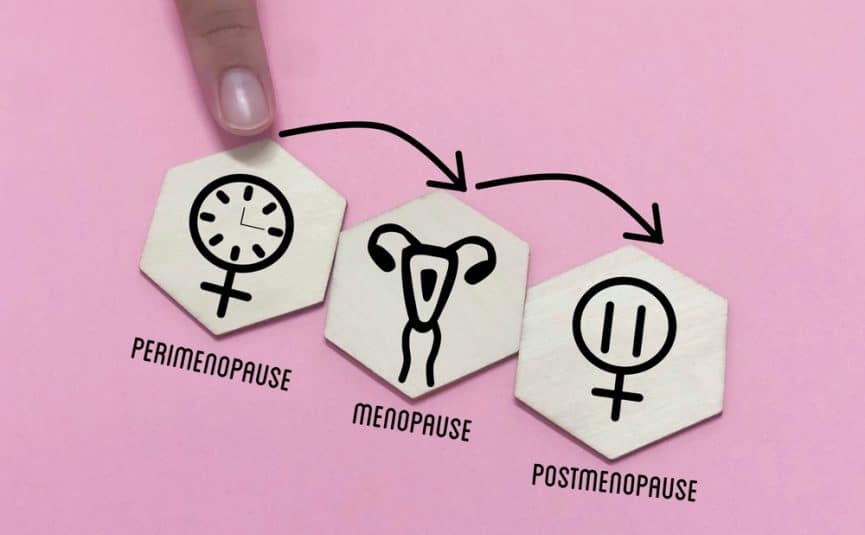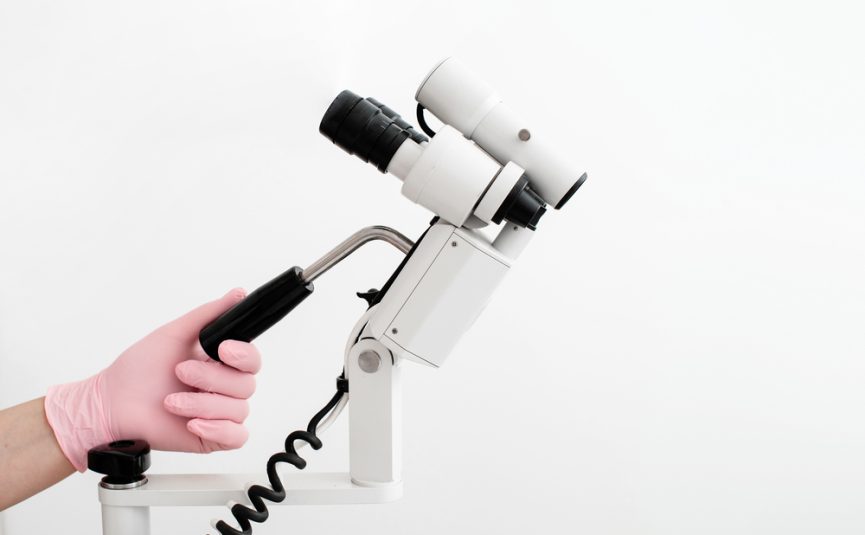East Melbourne VIC 3002

Bacterial Vaginosis (BV) is the most common vaginal infection in women of child bearing age. It occurs when a normal balance of bacteria in the vagina is disrupted and replaced by an overgrowth of certain kinds of bacteria. The vagina normally contains mostly ‘good’ bacteria and fewer ‘harmful’ bacteria. BV develops when there is an increase in harmful bacteria and fewer good bacteria. The gardnerella organism is not the sole type of bacteria that causes the symptoms. Other kinds of bacteria that can be involved in bacterial vaginosis are bacteroides, peptostreptococcus, fusobacterium and eubacterium. When these multiple species of bacteria that normally reside in the vagina become unbalanced it can produce vaginal discharge with an offensive odour.
Many women with BV have no signs or symptoms at all. When symptoms do occur the most common include:
- An abnormal amount of vaginal discharge
- Vaginal discharge is thin and greyish white
- Vaginal odour, an unpleasant or fishy odour
- Vaginal discharge and odour are more noticeable after sexual intercourse
- Very rarely, pain with intercourse or following or during urination
- Symptoms of BV, if present, can occur at any time during the menstrual cycle. The amount of vaginal discharge that is considered normal varies from woman to woman therefore, any degree of vaginal discharge that is abnormal for a particular woman should be investigated.
Researchers have always had difficulty determining exactly what causes BV. At present it seems to be that a combination of multiple bacteria must be present together for BV to develop. BV typically features a reduction in the number of the normal hydrogen peroxide producing lactobacilli in the vagina. Simultaneously there is an increase in concentration of other types of bacteria, especially anaerobic bacteria (bacteria that grows in the absence of oxygen). As a result the diagnosis and treatment are not as simple as identifying and eradicating a single type of bacteria. Why the bacteria combined cause the imbalance is unknown. Certain risk factors have been identified that increase your chances of developing BV. These include:
- Multiple or new sexual partners
- IUD
- Recent antibiotic use
- Vaginal douching
- Is Bacterial Vaginosis an STD or Yeast Infection?
BV is not the same thing as an STD or monilia infection
BV is not dangerous but it can cause unpleasant symptoms
Any woman with an unusual discharge should be investigated so that more serious infections such as chlamydia and gonorrhoea can be excluded
Symptoms may also mimic those found in candida infections of the vagina and trichomonas (an STD) and these conditions must also be excluded in women with symptoms.
BV is not considered to be a contagious condition. It is not possible to contract BV from toilet seats, swimming pools, hot tubs or from touching contaminated objects.
When a patient notices an unusual vaginal discharge and visits her doctor she will be asked a series of routine questions to help distinguish mild from more serious conditions. A vaginal swab will be taken and this result is usually available within a couple of days.
There are no home remedies or natural remedies for treating BV. Antibiotics are the only treatment. Studies of yoghurt lactobacilli probiotic preparations (either taken orally or applied to the vagina) which are designed to help re-establish the lactobacilli population of the vagina, have not shown consistent results in treating BV. Antibiotics are the recommended treatment as well as the use of Acigel that lowers the ph in the vagina. Even after a woman has been cured BV often recurs. A second course of antibiotics is necessary if a woman experiences recurrent BV that produces symptoms. More than half of those treated experience recurrent symptoms within 12 months. Treatment of BV in pregnant women is recommended to decrease the risk of pregnancy associated complications, especially the risk of premature labour related to infection. Whilst we know up to a third of cases of BV may resolve on their own it is recommended that medical treatment be given if symptoms are present or during pregnancy, to avoid development of complications.
Because the cause and development of BV is poorly understood it can be difficult to take measures to prevent it from occurring. Reducing certain risk factors, such as avoiding the use of vaginal douches, and taking all medications directed when being treated for BV, can help reduce a woman’s risk of developing the condition again.
Dr Len Kliman is one of Melbourne’s most experienced and respected obstetricians and gynaecologists.
Discuss your symptoms with our team of highly professional nurses by calling us on (03) 9419 2372 or book an appointment through our appointment request form.










